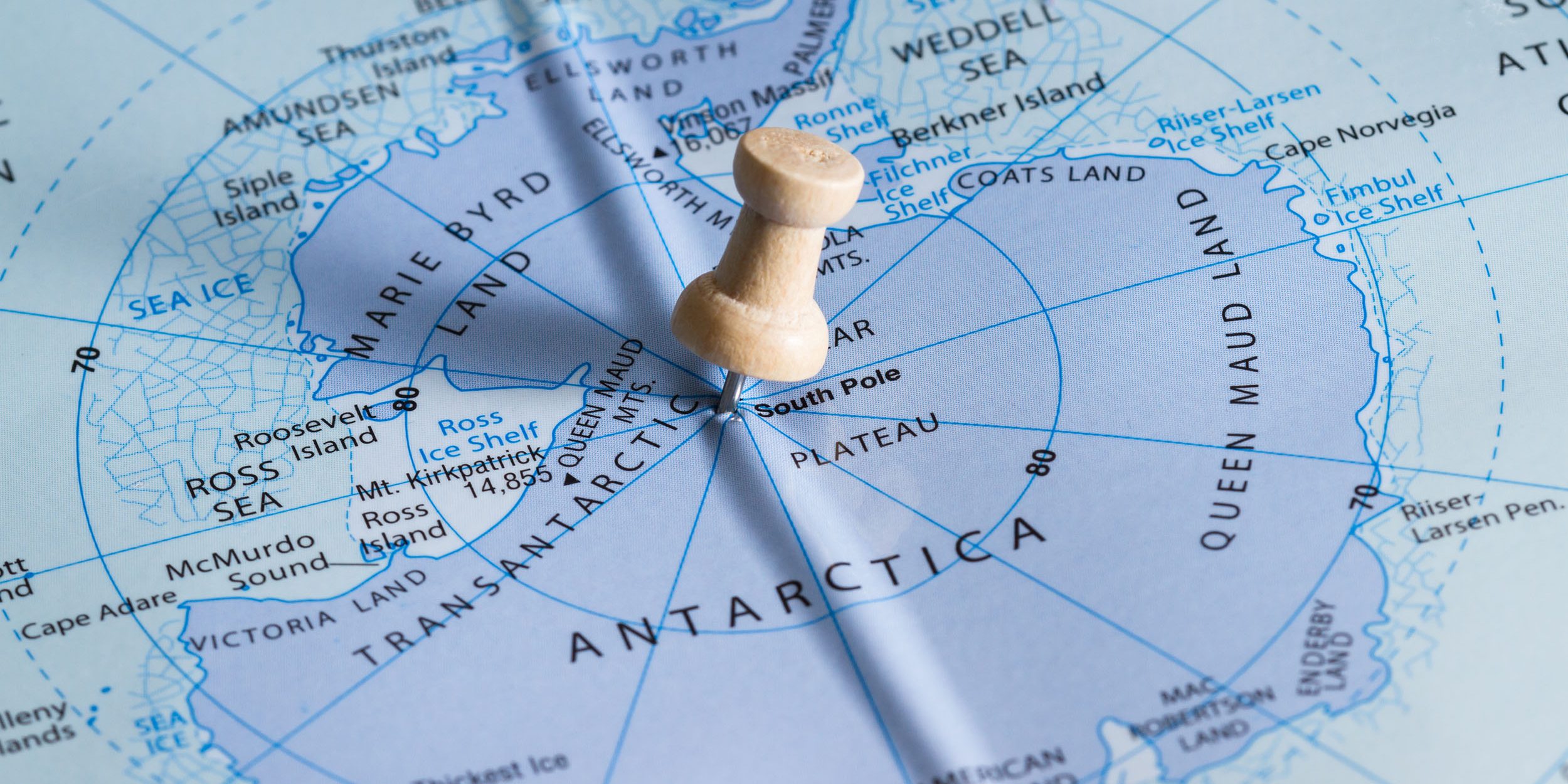Antarctica, the most remote and least explored continent, holds countless hidden treasures beneath its icy surface. These treasures are not limited to precious minerals but extend to scientific discoveries, ancient fossils, and pristine ecosystems. As research and technology advance, scientists are uncovering remarkable insights that redefine our understanding of the frozen continent and its role in Earth’s history and future. Find out more here about the treasures of Antarctica unearthed. Discover what recent news are coming out of Antarctica here.
Ancient Fossils: A Glimpse into the Past
One of the most significant treasures unearthed in Antarctica is its rich fossil record. Beneath the ice, scientists have found remnants of ancient forests, dinosaurs, and marine reptiles. These discoveries suggest that Antarctica was once a warm, verdant land millions of years ago.
For instance, fossils of temperate forests dating back 90 million years reveal that the continent once had a much warmer climate. Fossilized remains of dinosaurs, such as the Cryolophosaurus, offer a glimpse into the diverse life forms that thrived here during the Mesozoic era. These finds help paleontologists reconstruct Earth’s ancient ecosystems and understand the continent’s transition to its current frozen state.
Subglacial Lakes: Hidden Worlds Beneath the Ice
Antarctica is home to over 400 known subglacial lakes, isolated from the surface for thousands to millions of years. These lakes, such as Lake Vostok and Lake Mercer, are liquid despite being buried under kilometers of ice. Recent explorations have revealed microbial life in these hidden ecosystems, challenging our understanding of life’s adaptability.
These subglacial environments are considered analogs for extraterrestrial habitats, such as Jupiter’s moon Europa. The discovery of life forms in such extreme conditions provides valuable clues for astrobiology and the potential for life beyond Earth.
Meteorite Discoveries: Messages from Space
Antarctica’s icy surface serves as a perfect repository for meteorites. These space rocks are preserved in pristine condition due to the cold, dry climate. Over the years, expeditions have recovered thousands of meteorites, including rare specimens that offer insights into the early solar system.
One notable find is the Allan Hills 84001 meteorite, which originated from Mars. This discovery sparked debates about the possibility of past life on the Red Planet. Such meteorites provide a direct connection to other celestial bodies and help scientists study planetary formation and evolution.
Ice Cores: Windows into Earth’s Climate History
Ice cores extracted from Antarctica’s glaciers are among the most valuable scientific treasures. These cores contain trapped air bubbles that preserve a record of Earth’s atmosphere over hundreds of thousands of years. By analyzing these samples, researchers can reconstruct past climate conditions and understand the relationship between greenhouse gases and temperature changes.
One of the most significant findings from ice cores is the correlation between carbon dioxide levels and global temperatures. These insights are critical for predicting future climate trends and developing strategies to mitigate climate change.
Unique Ecosystems and Biodiversity
Despite its harsh environment, Antarctica harbors unique ecosystems both above and below the ice. The Southern Ocean surrounding the continent is teeming with marine life, from krill to whales. Krill, in particular, play a vital role in the global carbon cycle by transporting carbon from the surface to the deep ocean.
Recent discoveries include the identification of new species in the frigid waters beneath ice shelves. These organisms, such as sea spiders and giant isopods, have adapted to extreme conditions, providing valuable insights into evolution and survival strategies.
Geological Riches and Mineral Resources
Antarctica is rich in minerals, including coal, iron ore, and precious metals. However, the Antarctic Treaty prohibits mining and mineral exploitation to preserve the continent’s pristine environment. Despite these restrictions, geological surveys continue to reveal the continent’s vast mineral wealth.
Studies have also identified deposits of methane hydrates beneath the ice. While these resources hold potential energy value, their extraction poses significant environmental risks. Preserving Antarctica’s ecological balance remains a priority over resource exploitation.
Melting Ice and Climate Change Revelations
The rapid melting of Antarctic ice has unearthed new insights into climate change. Scientists have discovered ancient landscapes and geological formations that were hidden beneath glaciers for millennia. These findings provide evidence of past warming periods and help predict the impacts of current climate trends.
For example, the exposure of ancient riverbeds and sediment layers reveals how Antarctica’s ice sheets responded to previous temperature fluctuations. This information is vital for understanding future sea-level rise and its effects on coastal communities worldwide.
Technological Innovations Driving Discoveries
Advances in technology have accelerated the pace of Antarctic discoveries. Autonomous underwater vehicles (AUVs) and remotely operated vehicles (ROVs) enable scientists to explore subglacial lakes and ice-covered seas. Satellite imaging and drones provide high-resolution data on ice movement and geological features.
These tools allow researchers to study Antarctica’s hidden treasures with minimal environmental impact. Technological innovations also enhance international collaboration, fostering a global effort to unravel the continent’s mysteries.
The Importance of Preservation and Research
Antarctica’s treasures are not just scientific curiosities but also reminders of the planet’s interconnected systems. Preserving the continent’s pristine environment is crucial for future research and understanding. The Antarctic Treaty System plays a vital role in ensuring that human activities do not harm this unique region.
International cooperation is essential for managing the challenges posed by climate change and human impact. By prioritizing sustainable practices, the global community can protect Antarctica’s treasures for generations to come.
Conclusion
The treasures of Antarctica, from ancient fossils to hidden ecosystems, offer unparalleled insights into Earth’s past, present, and future. These discoveries underscore the importance of preserving this remote frontier for scientific exploration and environmental stability. As technology advances and collaboration grows, the secrets of Antarctica will continue to be unearthed, enriching our understanding of the natural world. Find out more here about the treasures of Antarctica unearthed. Discover what recent news are coming out of Antarctica here.






